Helen Hunt, 60, Stuns During Her Latest Appearance, and Her Lips Become the Center of Attention

Our ears can only hear sounds that fall within certain frequencies. Anything lower than 20 Hz is infrasonic, and anything higher than 20 kHz is ultrasonic. But even within that range, there are still some sounds that we can’t hear. It’s like the universe is pranking us! Luckily, many of these sounds are annoying, and we wouldn’t really want to hear them all the time anyway.

Let’s start with the sounds plants make. Apparently, plants can talk too. Well, not in the way we do, but they emit high-frequency sounds as loud as our conversations. What if your plant is thirsty and is trying to let you know about this? Unfortunately, these sounds are too high for our ears to hear, but insects, other mammals, and even other plants might be able to hear them. Research has revealed that plants like tomatoes that are stressed from dehydration can do that. The sound is too high for us to hear, but it resembles a snap, crackle, and pop, like the noise bubble wrap makes. “Hey, human, my friend wants water. Pleaasseeee!”
According to Lilach Hadany, an evolutionary biologist, “Even in a quiet field, there are actually sounds that we don’t hear, and those sounds carry information.” In other words, there’s a whole acoustic world out there! In a recent study, researchers discovered that stressed plants that are dehydrated or have had their stems cut emit more sounds than their healthy counterparts. These sounds can be detected by a machine-learning algorithm that can differentiate between happy, thirsty, and cut plants. And get this: water-stressed plants start making noises before they’re even visibly dehydrated!
But why do plants emit sounds, you ask? Well, it’s still unclear whether they’re trying to communicate with us or other organisms. However, it’s possible that other animals or insects have evolved to hear and respond to these sounds. It’s also possible that other plants are listening in on the conversation. One thing is clear — for now, you never know what your cactus is trying to tell you!
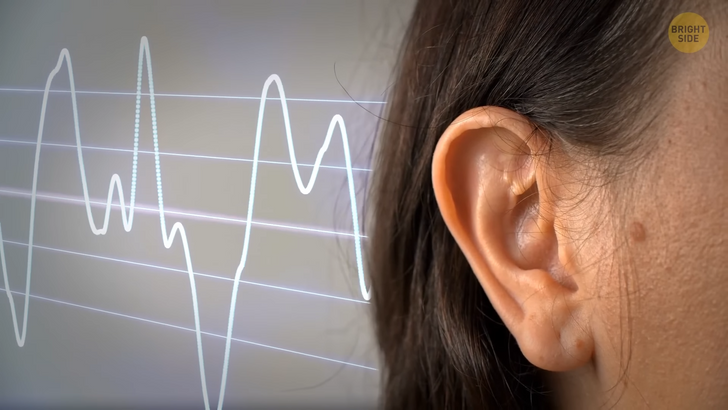
It turns out that sounds you can’t hear can hurt your ears. Wind turbines, loud stadiums, and jet engines all produce sound waves too low for human ears to pick up, but that doesn’t mean they won’t mess with your inner ear. According to a recent study, listening to just 90 seconds of these low-frequency sounds can change the way your inner ear functions for a few minutes, even after the noise stops.
Researchers used to think that low-frequency sounds were harmless, but a new study proves them wrong. It shows that these sounds can actually have an impact on your ears. Have you ever noticed how your ears ring for hours after a concert? Well, listening to loud noises over a long period of time can damage your hearing. Researchers have known about this for a while now. When it comes to low-frequency sounds, above 20 Hz but below 250 Hz, they’re either inaudible or barely audible. People may not even know when they’re being exposed to them.
To conduct the study, 21 volunteers with normal hearing were asked to listen to a 30-Hz sound for 90 seconds in a soundproof booth. This low, vibrating noise is similar to what you’d hear if you opened your car windows while driving fast down a highway. After the noise ended, researchers recorded the natural activity of the ear using probes. They showed that the participants’ ears were temporarily more prone to damage after being exposed to low-frequency sounds. The process is not painful, so you may not even realize you’re being hurt.
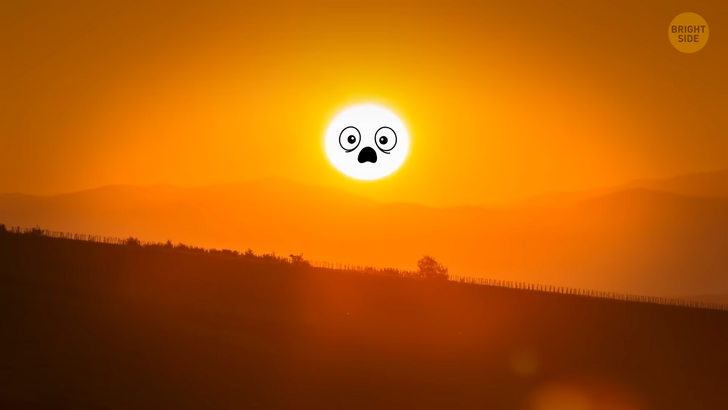
Have you ever wondered how loud the Sun is? Well, imagine if every police siren on Earth was turned on and then multiply the noise by 10,000 — that’s how intense the sound of the Sun is! Even though we’re 92 million miles away from the Sun, we’d still hear a dull roar of around 100 decibels — the same volume as at a rock concert. Can you imagine having to shout just to have a conversation with someone right next to you?
It’s a good thing we don’t have to deal with that constant noise because researchers think we would have never been able to develop speech if we were surrounded by that kind of sound all the time. The super-loud sound would only be around during the day, so we could enjoy some peace and quiet at night. I mean, of course, we can’t hear the Sun at all because, you know, there’s no air in space for sound to travel through.
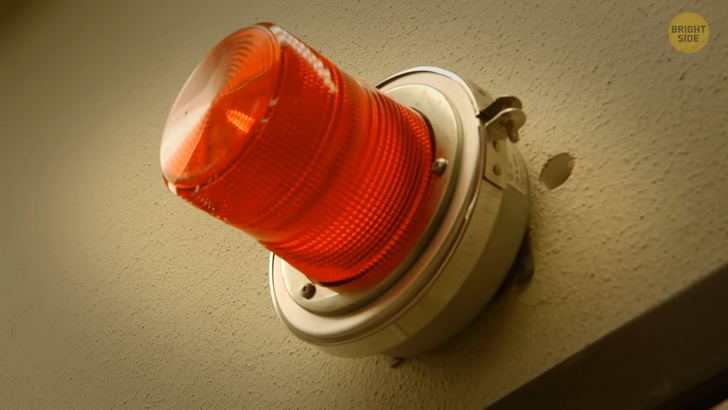
What about motion detector lights and alarms? Well, get ready for some ultrasonic knowledge! Most of these security systems use sound waves that are too high-pitched for our human ears to hear — we’re talking about 30kHz to 50kHz. So, if you’re not a bat, you won’t hear a thing. But here’s the really cool part: ultrasonic sound waves can’t pass through solid objects, making them perfect for detecting movement in a specific area. Whether it’s a monster or an intruder, these security systems have got you covered.
There are two types of ultrasonic security systems out there. The first one listens for ultrasonic sounds in the environment, while the other sends out ultrasonic waves and waits for the response. When the system detects any changes in the ultrasonic sounds bouncing around the area, the device knows it’s time to activate and keep you safe.
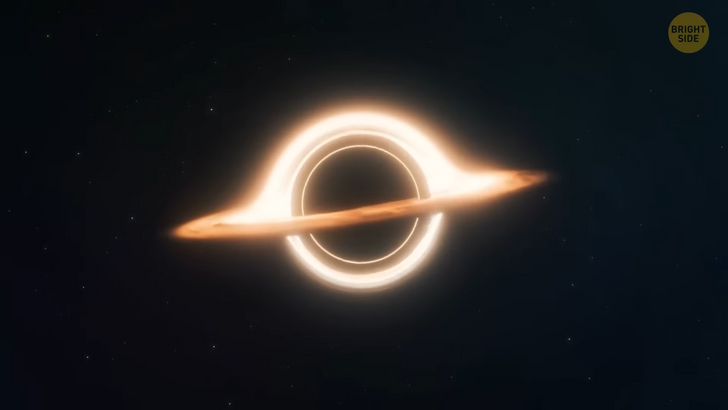
Can you hear a black hole? NASA says it’s a mix of “creepy” and “ethereally beautiful.” They released an audio clip called a “Black Hole Remix” from a galaxy cluster known as Perseus, located 240 million light-years from Earth. There is sound in space as long as there is a medium for sound waves to travel through, like gas. So how come they recorded it? Well, the clip is not an actual sound recording of a black hole but rather a remixed version of sound waves that were detected in 2003.
At that time, researchers from NASA’s Chandra X-Ray Observatory discovered that pressure waves sent out by the black hole caused ripples in the cluster’s hot gas that could be translated into a note. Since the note’s frequency was too low to be heard, the astronomers at Chandra had to remix and increase the frequency by 57 and 58 octaves. This led to an “eerie, guttural moan,” which is the sound you can hear today! Although the sound is not what humans would hear in the presence of a black hole, it still gives us an idea of what it would be like.

Volcanoes are extremely loud when they erupt, but they also have a secret sound. It’s infrasound, which means that it’s too low-pitched for us humans to hear. It’s like the sound equivalent of a dog whistle, but for volcanoes. Still, just because we can’t hear it doesn’t mean it’s not dangerous. Infrasound can travel for miles and can pack a punch even when it’s not audible.
Scientists have even set up stations to detect infrasound from faraway volcanoes. They use this information to figure out what kind of eruption is happening and what’s going on inside the volcano. Here’s the crazy part: volcanoes make infrasonic sounds all the time, not just when they erupt. It’s like they’re always humming a tune. And scientists use this hum to keep an ear on the volcano’s lava levels. Who knew volcanoes were such musical creatures?
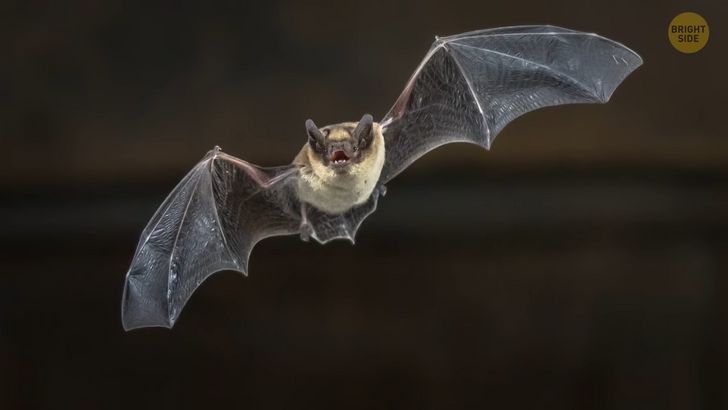
Next up, we have bat echolocation. We are often told that bats can’t see, but that’s a myth. They can actually see but don’t always rely on their eyes to navigate the world. Instead, they use sound — more specifically, ultrasonic sound waves. Bats release these sound waves from their mouths or nostrils. The waves bounce off of everything in their path and come back to them as echoes. This allows them to “see” obstacles and even find yummy snacks. Those sounds can be super loud! We’re talking louder than smoke detector-level decibels. So next time you hear a bat making a noise, just remember these creatures aren’t trying to be annoying — they’re just using their superpowers to get around.











